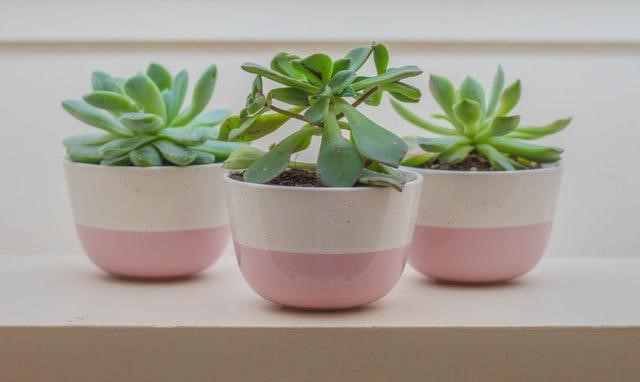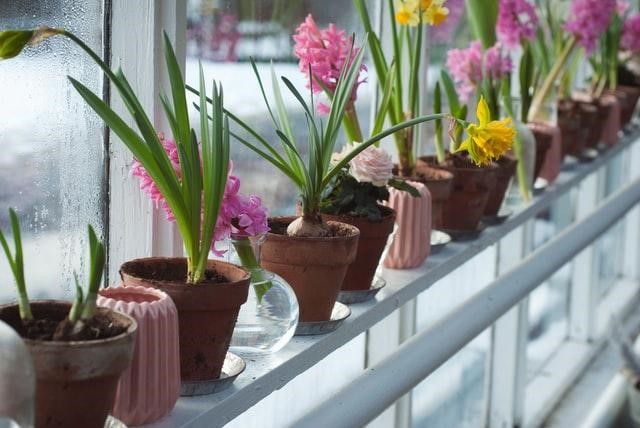Making an outdoor or even indoor garden aesthetically pleasing with potted plants has everything to do with the sort of plant you choose but can also depend on the pot, barrel, or tub you opt for to make the foliage stand out.
Pots are an ideal solution when someone is left with little to no area outdoors for garden use. Simply create a place on a stoop or inside with a vast range of houseplants.
When you take nursery or garden centre business and redirect to Planted Pot online, there are many more varieties you can choose from for an inside controlled environment. You don’t have to worry as much about the zone or the climate.
The thing to familiarize yourself with, especially as a beginner in the gardening world overall, is getting started with container gardening. Fortunately, working with potted plants is relatively easy.
The only challenge is being delicate with plants that have been newly shipped. Let’s look at a few tips on the process.
Table of Contents
Tips On Growing Potted Plants
Once you receive plants that have been shipped from an online supplier, some might be a bit delicate. The fragile ones will need roughly two weeks of “quiet time” in a secure spot where they can feel safe with sufficient water and light, according to their directives, before they get transplanted into a pot.
That doesn’t mean you can’t start looking for containers that might appeal to the aesthetic you’re going for in whichever area you intend to make your garden.
If you have no area for a specific gardening spot, you can establish one nearly anywhere you choose, whether it’s the front stoop, by a fire escape, or inside on the stairs can be especially appealing. Find out a few helpful hints on growing potted plants outside at https://gilmour.com/potted-plants-tips/ and then look at these tips on caring for your container foliage.
· Pick out some favorite “pots:”
These can consist of any sort of container, but what you choose will ultimately need holes in the bottom, whether you need to drill them or if they come already in the pot so the water can freely flow. If the system doesn’t work adequately, roots have the potential for drowning, causing the death of the foliage.
The pot should be something that compliments the plant and adds to your personal style. A suggestion is to consider those that are lightweight with the knowledge that these will need to move periodically.
Some of the most popular choices include fiberglass, resin, and plastic. A positive with these options is they are also non-porous, meaning there is less moisture absorption by the container allowing the plant to have a healthy share. Materials like wood or “unglazed” clay take in more moisture.
· What potting mix should you use
A strong recommendation is to avoid incorporating soil from outside in the garden or the yard (that won’t be a problem if you don’t have these spaces). These areas can carry fungal disease, seeds for weeds, and pests.
It’s better to go to the nursery or gardening center to purchase potting soil. Generally, these bags carry a loose consistency of a light blend of matter such as vermiculite, organic material (decomposed), and peat moss. You wouldn’t use this for cacti or succulents as they have a specific mix manufactured just for them.

· Select your foliage
When selecting plants from your online service, there are guidelines that you do need to take into consideration even if you are planting indoors. You might have more of a controlled environment, but some plants will still have difficulty surviving in your specific conditions.
Roses can be a challenge. These beautiful flowers expect to see six entire hours of full sun. If you have no means to provide full sun via a window that gets that sort of sun for that length of time during the day or a porch area, even a stoop, these won’t work for you.
Make sure to take the opportunity to do your research. Read educational literature on the plant website and then on the exact foliage you have an interest in. Then do a search on the specific conditions you can provide and see what types of plants are available that will thrive in that environment.
As a new gardener, you want to avoid trying complex pot arrangements with more than a single plant in one container as they could each have different lighting, watering, and other requirements. See here container gardening tips for beginners.
Final Thought
When it comes time to plant the foliage into the pots, it’s wise to take your pots and arrange them in the areas where you believe you want to set up your garden. First, this will let you see if the containers will fit in the places that you had intended comfortably and look how you aesthetically hope.
You want to do this before planting, so the greenery doesn’t have to go through the process of moving from one place to another as you decide on an arrangement.
Plants are not fond of being moved. Try to mark in some way where each pot will go once you know, so replacing them in their exact position once the plant is added can be a straightforward process. Then you can welcome your beauties to their new home with a splash of water – if they need it.

